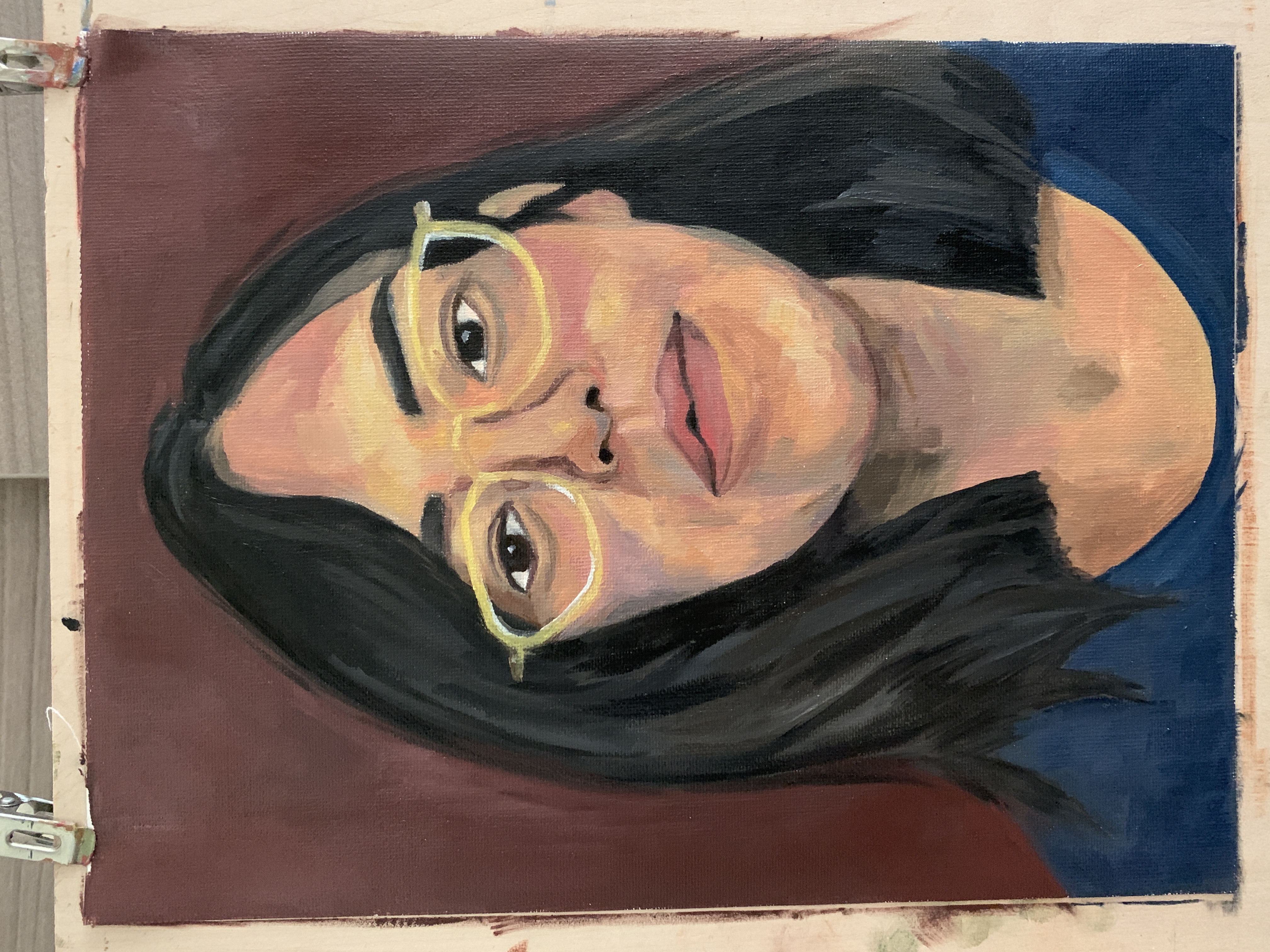Johannes Vermeer and His 37 Paintings
- Sok Han Teng
- Sep 8, 2022
- 5 min read
Updated: Nov 6, 2023
The following information is extracted from a book titled JAN VERMEER by Kristina Menzel. She is an art historian specialising in the art of the Netherlands.
Introduction
There are many unanswered questions about the life and work of Jan Vermeer (1632-1675). Little is known about his life and the works that have been clearly attributed to him and have survived contain numerous ambiguities. Nevertheless, he is considered not only one of the very best Dutch painters, but also one of the great masters in the history of painting in general.
Vermeer’s Girl with a Pearl Earring is now considered by many to be the “Mona Lisa of the North.” Yet, during his lifetime, Vermeer was barely known beyond the town walls of his home in Delft. It was only in the course of the 19th century that Vermeer’s work began to receive the appreciation it deserves.
Since Vermeer only completed on average two paintings a year and died at a relatively young age, his oeuvre is unusually small compared to that of his contemporaries. It was probably just some 40 works that he created, of which only 37 have survived.
Delft during Vermeer’s time
Genre painting in Vermeer’s time can be divided into two groups: that showing peasants’ homes, barn interior, pubs with rowdy drinkers, smokers, idlers, in short vulgar characters and rustic interiors. This stands in contrast to bourgeois genre painting, which shows interiors with happy parties, playing music, lovers, visiting the doctor, family scenes, housewives and maids preparing food, or other domestic activities. These pieces are stylistically more sophisticated with rich colors, and finely detailed materiality that make these scenes come across as tidy and welcoming.
Vermeer was clearly a member of this latter group.
Early Works

Diana and Her Nypmphs
This early work has its roots in Dutch Classicism, a movement which focused increasingly on historical or quasi-historical scenes. This work may stand thematically apart from the rest of Vermeer’s work, but they are plausible exceptions given that they were painted at the beginning of the artist’s career.
A young painter in Delft would likely have painted works with popular themes in order to establish his reputation with the buying public.
Dutch genre paintings of the 17th century, which may at first appear to the viewer as a simple depiction of a scene, frequently also contain a more or less clear moral message. The contemporary viewer would have been reminded of the hazards of an undisciplined life in general, in particular, excessive alcohol consumption, idleness, or carelessness.
Vermeer’s genre scenes also contain moral statements, although they are always more subtle than those made by his contemporaries like Jan Steen, who would often take his messages to the extreme.

The Soldier and the Laughing Girl
The girl drinking wine in the presence of a solder is one of Vermeer’s moralising piece. The view is struck not only by the significant difference in size between the two figures, but also the carefully executed, large-scale map of the Netherlands in the background. This indicates that this is the interior of a home belonging to an educated and affluent family.
Mature Works
It was by the second half of the 1650s that Vermeer had moved entirely to genre painting. In the 1660s, Vermeer created about sixteen genre pieces and one city view, the View of Delft. Although Vermeer only created no more than two works a year, this period was actually his most productive.

In Vermeer’s piece, the light falls into the rooms from one side, indeed always from the left and there is a subtle shifting between areas of light and shade. By devoting himself to genre painting, Vermeer also refined his technique with small dots of white paint increasingly creating the illusion of reflected light.
Vermeer used the rather costly colour ultramarine obtained from lapis lizuli to depict the material in the clothing and curtains. Its effect is particularly evident in The Milkmaid and Woman in Blue Reading a Letter.


Music and musician are recurring theme in Vermeer’s genre pictures. Music was not only a popular pastime in houses of the higher strata of society, it also symbolically charged in Vermeer’s paintings. The Virginal, for example, was considered the epitome of female virtue as was played primarily in the domestic environment.
Musicians shown in half-figure were becoming more frequent in Dutch paintings of the 17th century. Vermeer takes up this type in Woman Playing the Lute at Window.

The Girl with the Pearl Earring

The Girl with the Pearl Earring
Vermeer’s most famous image shows a girl who remain unidentified to this day. Not given any attributes that tell more of her story, this young woman simply looks out from the painting. This reduced composition was probably a head study. The neutral, dark background allows the brownish-yellow jacket, the white-collar, and the blue and yellow turban to stand out particularly well. The reflection of the light on the girl’s eyes, lips, and teeth is particularly striking as is the pearl earring which gives the painting its name.
Late Work
About ten works survive from Vermeer’s late period. These include two allegories, two representations of science, and six images of women in the latter, the painter returned to the proven theme of showing young women engaged in domestic activities.
Compositionally, the works can be roughly divided into three groups: single representations of women, studies of heads, and spacious interior.
It was only in the 19th century when Vermeer’s unique work was discovered by French art critic and historian Theophile Thore Burger. The result of the studies he completed between 1860 and 1866 demonstrated Vermeer’s mastery of his craft, even if it has been nearly two centuries since he had last put paint on a canvas.
Four works stand out against Vermeer’s general preference for everyday scenes. His depictions of the sciences of geography and astronomy reflected topics current in Vermeer’s time. Until the seventeenth century, it was considered sacrilegious to deal with the history of the earth or to explore the stars in the heavens.
In the two allegorical works The Art of Painting and Allegory of Faith, Vermeer transported these abstract themes and their highly symbolic attributes into typical Dutch interiors, complete with brass chandeliers, maps in the background, and black and white marble floor.


The Art of Painting
Vermeer remained in possession of this painting until his death. The fact that the artist is shown with his back turned to the viewer speaks against the suggestion that this was a self-portrait. The model in blue can be identified as Clio, the muse of history, from the attributes of the trumpet, book, and laurel wreath. The realistic looking material is particularly striking: the heavy curtain on the left, the drapery hanging over the table’s edge, and the texture of the map in the background are all quite tangible.


The two paintings (The Astronomer and The Geographer) are believed to have been commissioned by the same client, as suggested by the identical size of the paintings and the similarity between the two scientist and the interiors.
Museums
Vermeer's paintings are being displayed at different art museums across the world. Find and see all of Vermeer's paintings in the world with colourful maps in the Europe, the United States and Japan.
Additional Information
Google Arts & Culture: Take a tour of Vermeer’s most famous works through Street View
Upcoming Exhibition: Rijksmuseum Plans Largest Vermeer Exhibition Ever for 2023














Comments